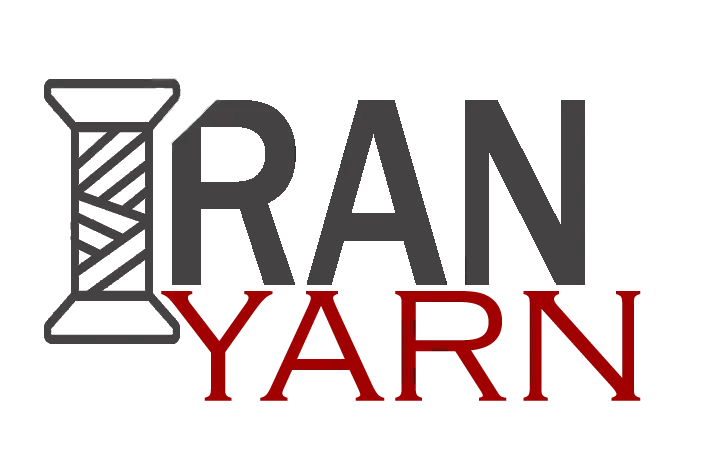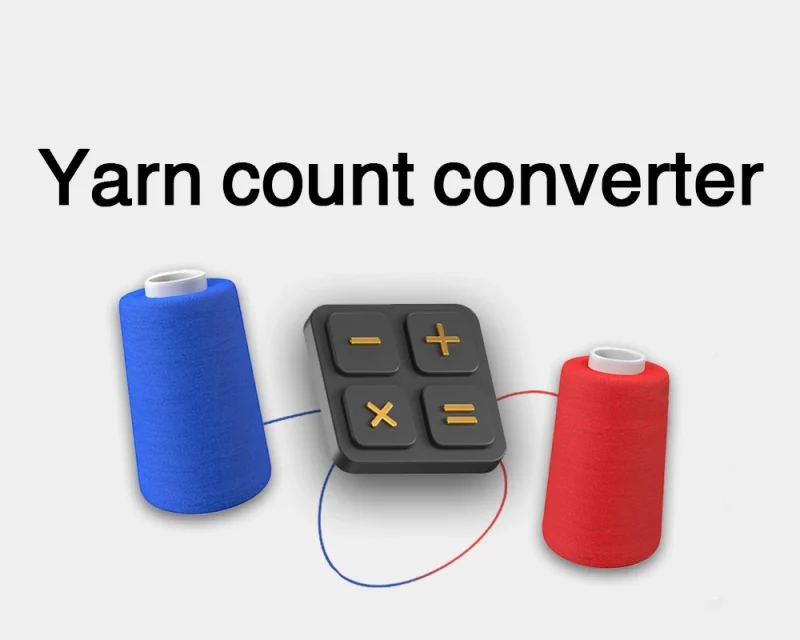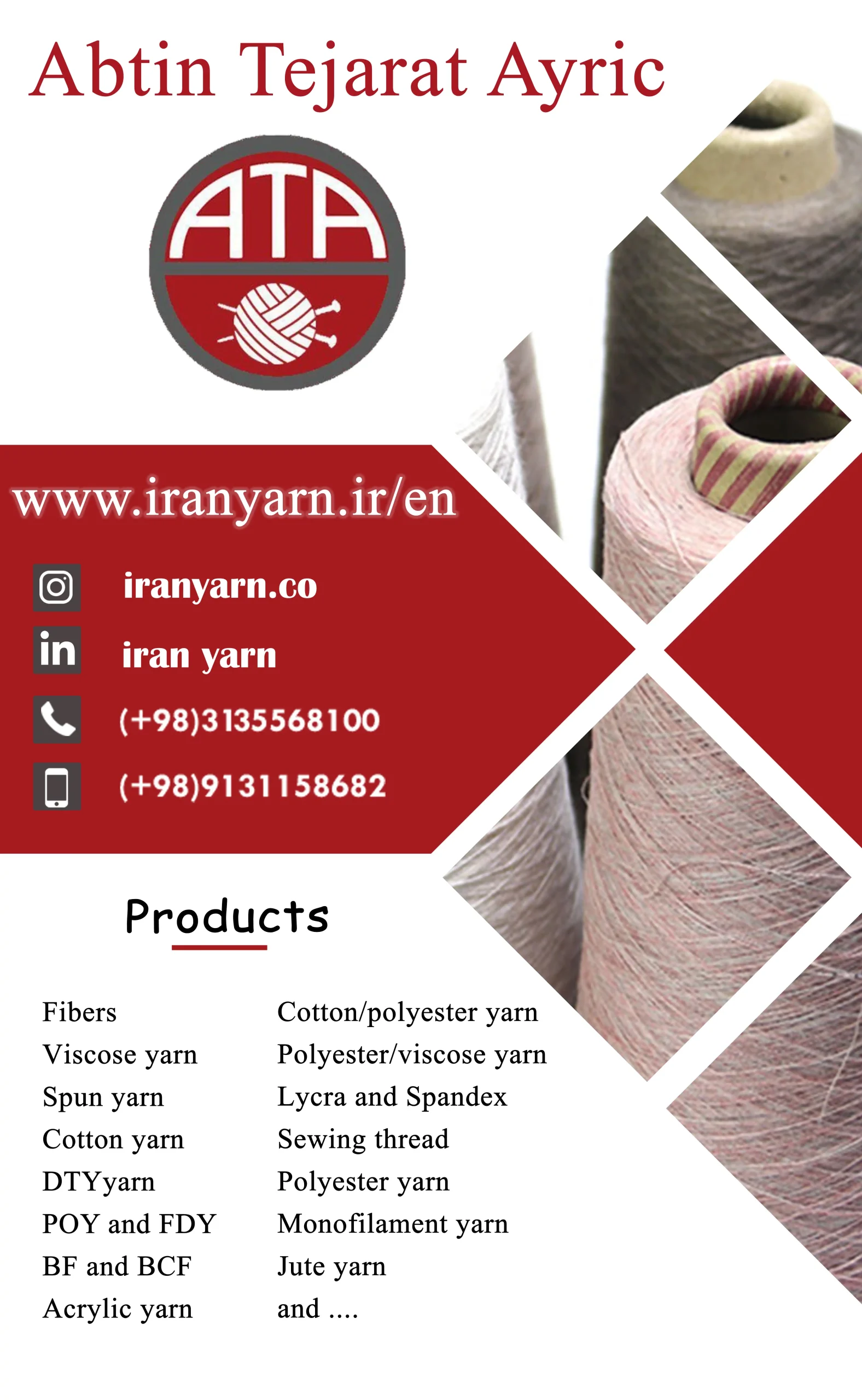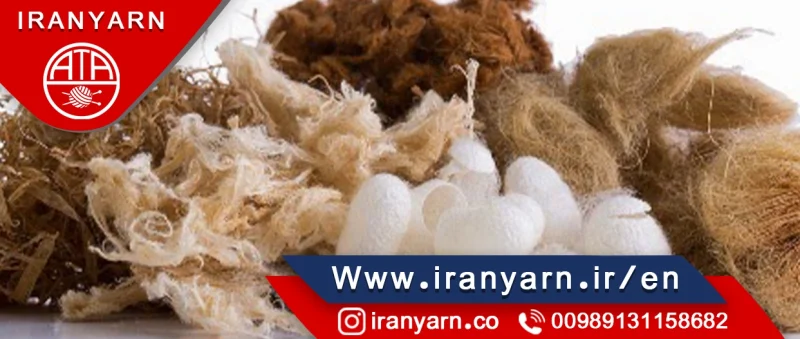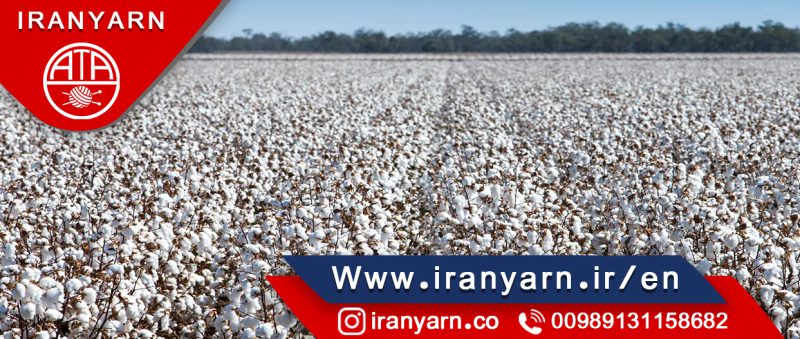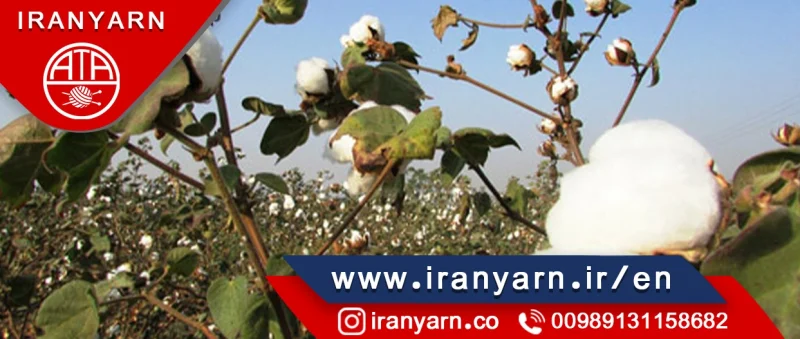The physical and molecular structure of textile fibers includes complex morphological systems that are composed of different phases containing mass, tactility and chemical composition. The efficiency of the fibers depends on the structure of the fibers that are formed during their formation and the characteristics that are induced to the fibers in the subsequent processes. The most important theoretical problem is the relationship between the structure of fibers and their properties. Therefore, it is very important to investigate different structure and their role in the properties of fibers and as a result their application. The use of any materials such as fibers and as a result their development generally depends on the following:
- Their mechanical properties under end-use conditions
- Their mechanical properties in processing conditions
- Interaction between the effect of processing variables on the structure and performance of goods
The performance of textile fibers depends on the molecular structure and distance between molecules due to loading.
The molecular structure of typical textile fibers is created during the polymerization process therefore; it is necessary to fully understand the structure of fibers. The research conducted on the structure of fibers should ultimately lead to the analysis of the chemical structure, touch ability or configuration of polymers, knowledge of the composition of the chains and their crystallization ability.
The structural investigation of fibers is beyond these, because the available information is not straightforward. This work requires the analysis of a wide range of information can be random and qualitative and may include artificial errors caused by testing and calculation methods.
Requirements for the formation of fibers of fiber- forming polymers
- The polymer must have long and linear chain molecules
- The molecular chains must be parallel to each other
- Sometimes, due to checking the required expandability, the degree of freedom of movement of the molecules must be measured.
- The lateral forces that hold the molecules together and make the fiber structure cohesive are of great importance.
- They must be chemically resistant.
- They must have enough gravity.
Methods of checking fiber structure
- X-ray diffraction method
- Infrared radiation method
- Nuclear magnetic resonance methods
- Thermal analysis
- Optical microscope method
- Electron microscope method
- Examination of the chemistry of fiber materials
- Density check
- Examination of general physical characteristics
